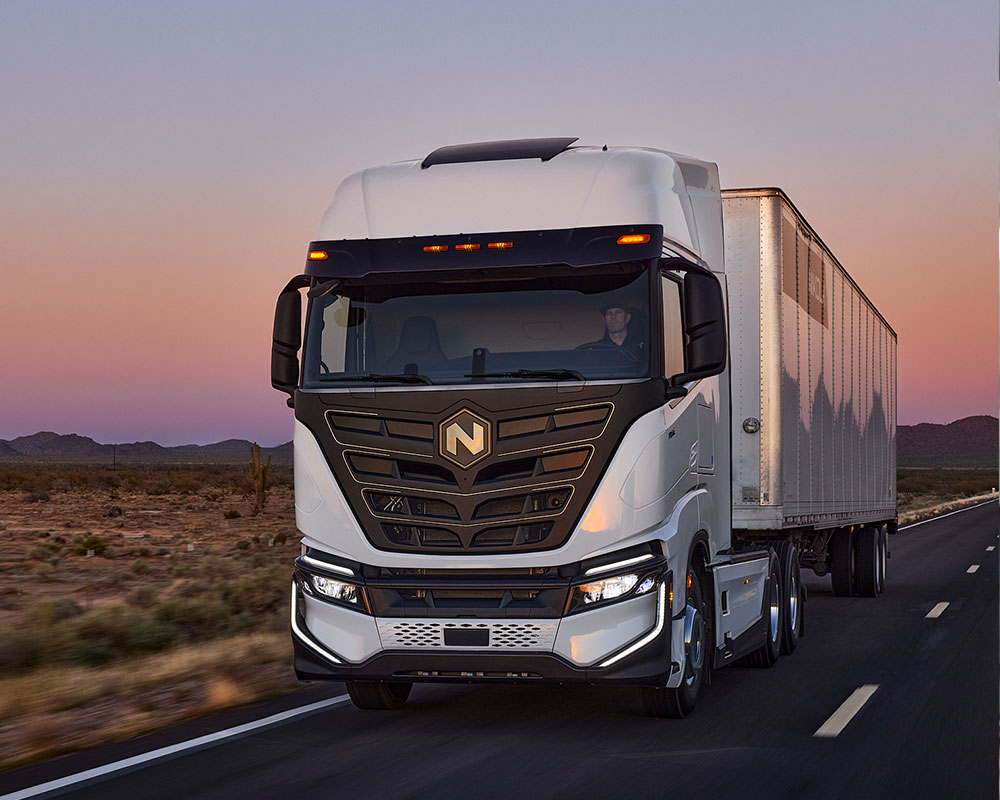Turn complexity
into your new
competitive edge
LATICRETE CASE STUDY
See how we helped Laticrete accelerate their time to market, adding data-driven insights while improving security and simplifying operations.
Welcome to Syntax. We're a leading global technology solutions and services provider for cloud application implementation and management.
Just some of the ways we can work together
Explore our full navigation for more services and solutions.
SAP Implementations
+ Migrations
Ensure a seamless business process transition whether you’re just starting your SAP journey or taking it to the next level.
Syntax Application
Managed Services
Get top-tier support for your SAP and Oracle applications to ensure consistent system performance, scalability, and alignment with evolving business needs.
Oracle EBS Solutions
Leverage expert guidance in managing and optimizing Oracle E-Business Suite, maximizing successful business outcomes.
SAP Cloud Solutions
Leverage flexible, cloud-based solutions powered by leading-edge AI and machine learning technologies to adapt quickly to changing market demands and drive innovation.
RISE with SAP
A comprehensive and holistic approach to business processes, enabling companies to effectively navigate complexities and achieve long-term success.
Oracle JDE Solutions
Syntax’s services are purpose-built and fine-tuned for JD Edwards, so you can securely run your mission-critical JD Edwards systems around the clock and around the world.


“If you plan for the future and lay a solid foundation with your implementation partner, RISE with SAP S/4HANA Cloud, private edition can scale to your business needs.”
– CIO, Nikola

Industry know-how
At Syntax, we combine extensive industry experience with deep enterprise application, cloud, and security knowledge to deliver context to technology.
Manufacturing
Manufacturing
Improve manufacturing processes from procurement to production, optimize workflows, and stand out from competitors.
Mining + Metals
Mining + Metals
Optimize resource extraction, elevate safety standards, and boost compliance to achieve sustainable growth.
Engineering + Construction
Engineering + Construction
Empower your team with streamlined project and site management capabilities, reducing project timelines and enhancing efficiency.
Consumer Goods
Consumer Goods
Advanced analytics, demand forecasting, supply chain optimization and more to redefine the definition of customer experience.
Our proven methodology
Modular Approach
Treating ERP as a system of capabilities that have been unlocked by cloud & emerging technologies and empowered by data.


Security by Design
Zero-trust mindset: Viewing the network edge as a moving target. Built to recover, operated to protect, and monitored to respond.
Operational Control
Unifying multi-cloud operations & embracing automation that enables complete transparency, total command, and continuous optimization.

